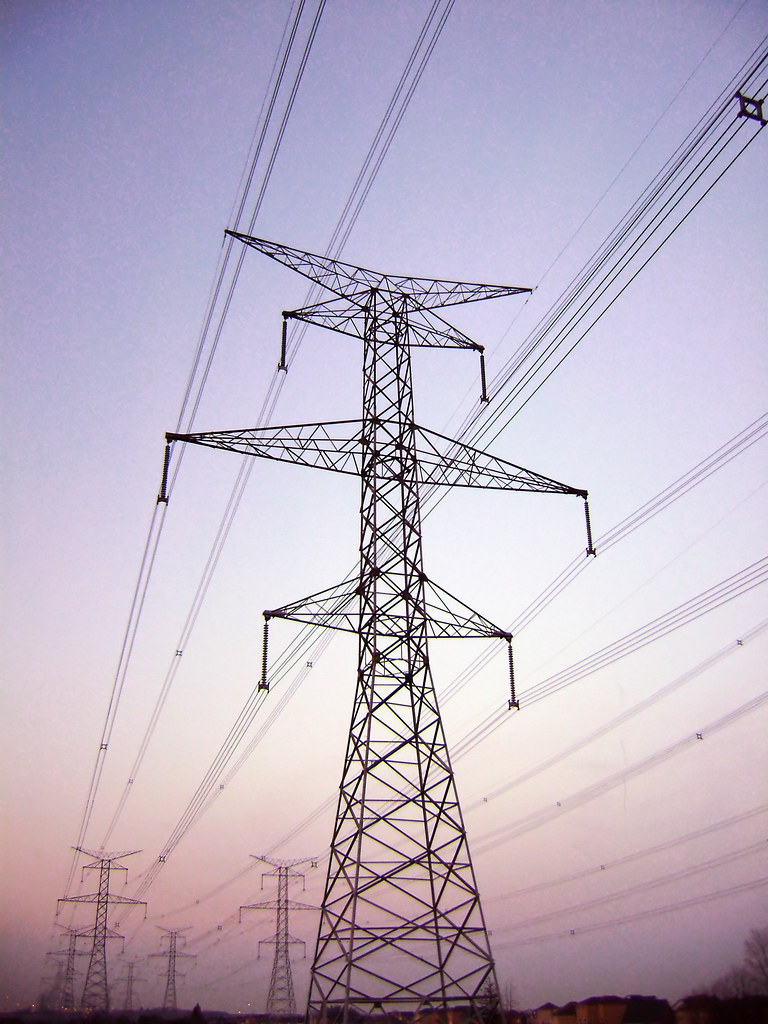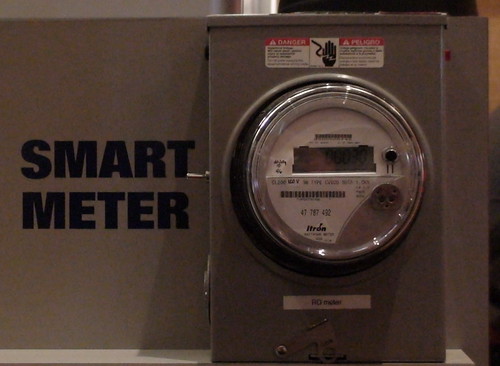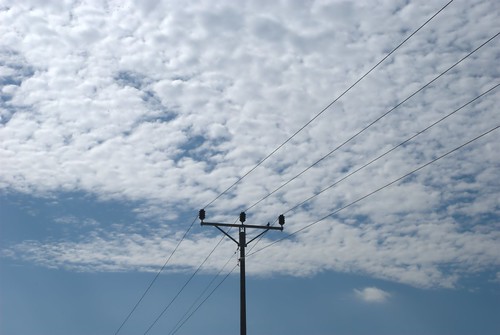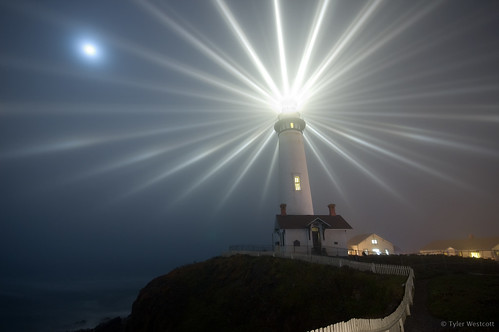
Photo credit Ian Muttoo
Guido Bartels is General Manager of IBM’s Global Energy and Utilities Industry. Guido leads IBM’s corporate initiative around building an ‘Intelligent Utility Network,’ IBM’s portfolio of offerings and capabilities for the Smart Grid.
Guido is also a member of the Electricity Advisory Committee at Department of Energy, an organization whose mission is to
provide advice to the U.S. Department of Energy in implementing the Energy Policy Act of 2005, executing the Energy Independence and Security Act of 2007, and modernizing the nation’s electricity delivery infrastructure
And Guido holds the position of Chairman at GridWise Alliance, the US Smart Grid industry association.
[audio:http://media.libsyn.com/media/redmonk/GuidoBartels.mp3]I invited Guido onto the show to discuss the current state of Smart Grid roll-outs globally and I asked him, amongst others, the following questions:
Define what is a smart grid (there are a lot of definitions out there!)
Why do we need them? What are the benefits of smart grid?
What is your vision of what the ideal Smart Grid rollout would be?
and what would be necessary to achieve it.
What differences are there in global geographies?
Are regulationss affecting rollout?
Can you point to any good smart grid rollouts?
Download the entire interview here
(12.7mb mp3)








